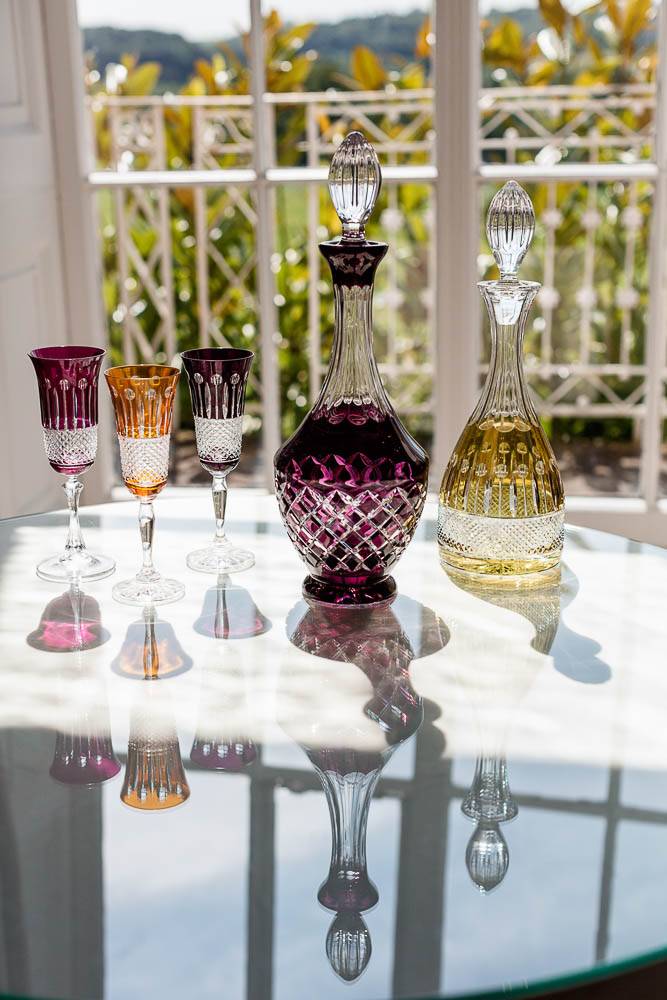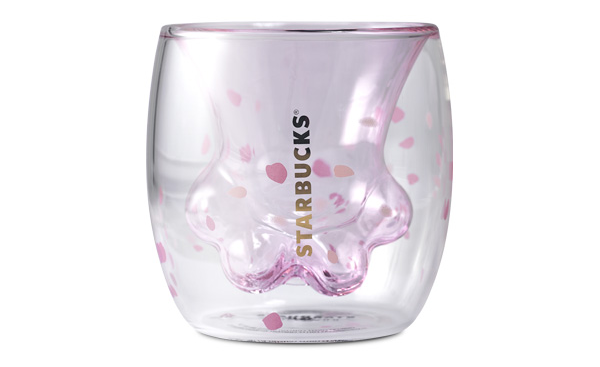When it comes to the “safest” tableware, many people immediately think of glass. Transparent, odor-free, and easy to clean — it feels reassuring to drink from. But the truth is: glass tableware is not 100% safe, and it hides some invisible risks.

Recently, The Guardian reported that vintage or colored glassware can leach lead, posing a risk of chronic poisoning if used regularly. This is especially true for older crystal glasses and barware — when used with acidic drinks or spirits, the chances of heavy metal leaching are even higher.

So, which glassware is safe to use, and which should you avoid? Let’s break it down step by step — and at the end, you’ll find a comparison table to help you make smarter choices.
Six quick “knowledge cards” below. Tap the thumbnail to enlarge; tap the large image or overlay to close.

Examples: Everyday straight tumblers, thick diner tea cups.
Brands/Products: MUJI basic glass, budget supermarket sets.
How to spot it: Usually no special label; average clarity, lighter feel, low price.
Risks: Poor thermal shock resistance—can crack with sudden temperature changes.


Examples: Starbucks heat-resistant mugs, Pyrex bakeware, baby bottles.
Brands/Products: Starbucks glass mugs, Pyrex kitchen & labware, Pigeon bottles.
How to spot it: Packaging says “Borosilicate / Heat-resistant”; very clear, thin walls yet handles temperature swings.
Risks: High safety overall—avoid dry heating or extreme thermal shock.


Examples: IKEA plates, Luminarc bowls, Lock&Lock glass containers.
How to spot it: Labeled “Tempered Glass” on box or base; may show slight optical waves; heavier feel.
Risks: Shatters into small granules—safer than sharp shards but still a cut hazard.


Examples: Waterford & Baccarat crystal stemware; decorative colored goblets.
How to spot it: Premium lines label “Crystal / Lead Crystal”; high refractive sparkle; long, bell-like ring when tapped.
Risks: Acidic drinks (wine, juice, cocktails) can increase heavy-metal leaching—avoid for daily use.


Examples: Starbucks gradient mugs, IKEA colored tumblers, Luminarc colored dinnerware.
How to spot it: Body-tinted: color is inside the glass, smooth and won’t rub off; Painted/coated: film-like surface that can wear.
Risks: Body-tinted is generally safe; cheap painted/coated pieces may contain lead/cadmium—avoid for hot, daily use.


Examples: Corning Visions glass pots, Pyrex casseroles and bakeware.
How to spot it: Packaging states “Heat-Resistant / Borosilicate / Pyroceram”; substantial heft.
Risks: Reputable brands are safe; cheap imitations that use ordinary glass can fail under heat.

Section 3: Quick Comparison Across Glass Types
| Recommendation | Material Type | Common Brands/Products | Common Uses | Heat Resistance | Potential Risks |
|---|---|---|---|---|---|
| Not recommended | Soda-Lime | MUJI basic glasses; supermarket sets | Cold drinks; budget tumblers | Poor; cracks with thermal shock | Breakage with hot liquids |
| Recommended | Borosilicate | Starbucks heat-safe mugs; Pyrex bakeware; Pigeon bottles | Hot beverages; bakeware; baby products | Excellent; handles high ΔT | Minimal when used properly |
| Recommended | Tempered | IKEA plates; Luminarc bowls; Lock&Lock containers | Everyday dinnerware; storage | Moderate to good | Granular shatter can still cut |
| Not recommended | Lead Crystal | Waterford; Baccarat stemware | Wine glasses; display pieces | Average | Lead/cadmium leaching with acidic drinks |
| Use with caution | Colored Glass | Starbucks colored mugs; IKEA colored tumblers | Trendy drinkware; home tableware | Varies by process | Painted/coated items may contain heavy metals |
| Recommended | Heat-Resistant Cookware | Corning Visions; Pyrex casseroles | Oven/stovetop cookware; glass pots | Excellent; oven/stovetop capable | Cheap imitations can fail under heat |
Authors:

Lilly (Yutong) Liu
Registered Dietitian, PhD Researcher in Nutrition, University of Auckland
Lilly is a New Zealand Registered Dietitian and PhD candidate at the University of Auckland. She specialises in elderly and post-operative nutrition care through her clinical work with DietRight, and her research focuses on biomarkers and nutrition strategies in pancreatic diseases. With experience in hospital-based nutrition, RedCap data management, and bilingual study coordination, she is committed to delivering evidence-based, culturally informed nutrition solutions.










